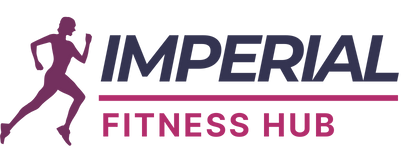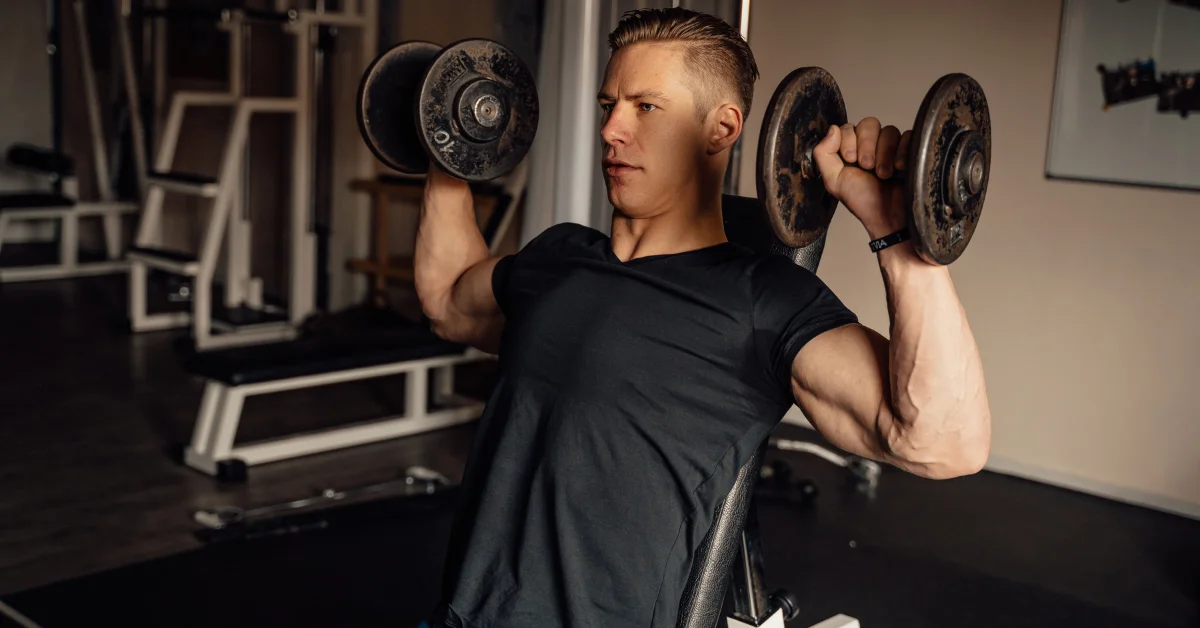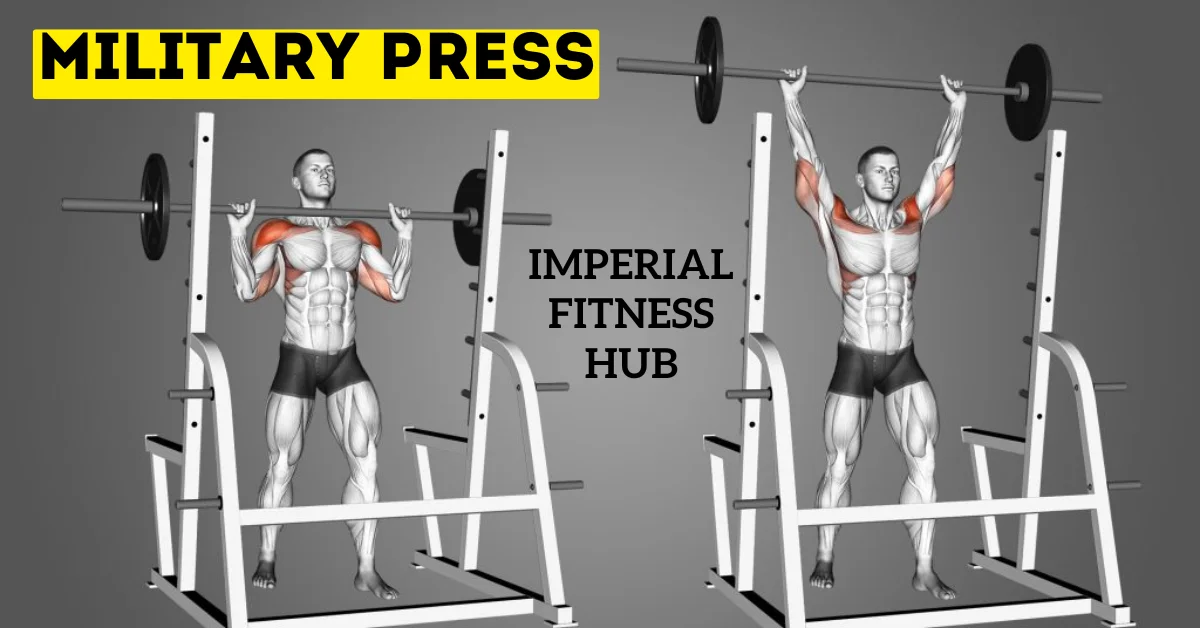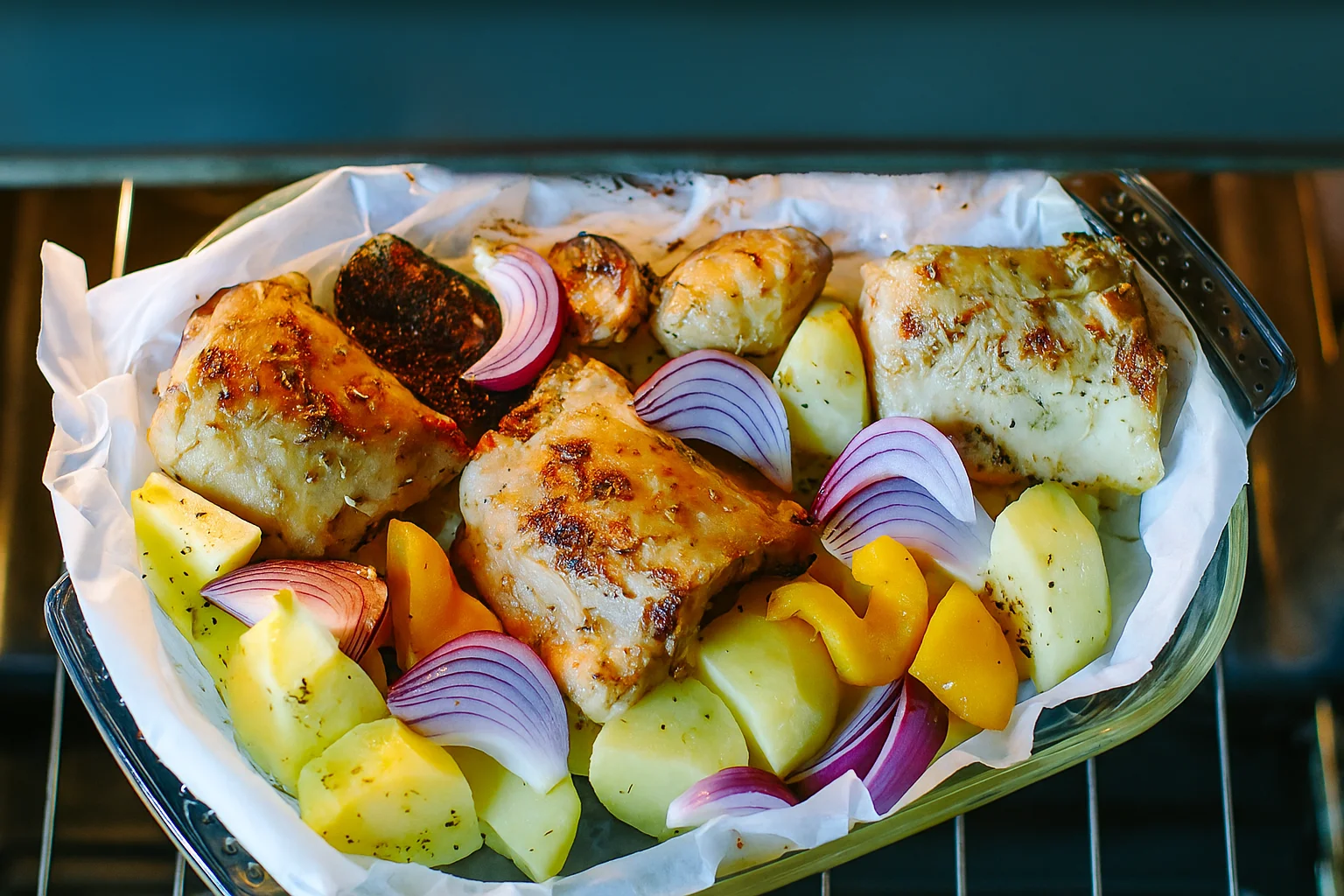What Is a Split Squat?
A split squat is a lower-body exercise. We stand with one foot forward and the other foot behind us. Then, we bend both knees and lower our body straight down. The back foot stays in place. It does not move like in a lunge. That is why people often ask about the difference between a split squat and a lunge.
The big thing about a split squat is that it trains one leg at a time. That is called a unilateral leg exercise. It helps us build strength on both sides. We avoid letting one side do all the work.
It works many muscles at once. Our quads, glutes, hamstrings, and core all get a workout. That is why the split squat muscles worked, which is a hot search. We can also change how deeply we focus on one area. A longer stance works the glutes more. A shorter stance hits the quads harder.
Discover the full-body benefits of squats and how they compare to split squats for strength, mobility, and muscle activation.
Understand how split squats fit into functional strength training and how they compare to traditional exercises.
Table of Contents
How to Do a Split Squat Correctly
Here are the nine tips for doing the Split Squat correctly;
- Start in the correct position. Stand tall. Step one foot forward. Keep the other foot behind you. Your feet should stay hip-width apart, not in one line.
- Keep your torso upright. Look straight ahead. Chest up. Do not lean forward or back.
- Lower your body slowly. Bend both knees. Your back knee should move toward the floor. The front knee stays over your ankle.
- Check your front knee. Do not let it go far past your toes. That puts stress on the joint.
- Go low enough. Aim for your back knee to hover just above the ground. But only go as low as your balance allows.
- Push through your front heel. This helps us activate our glutes and quads better.
- Keep your core tight. This helps with balance and protects your lower back.
- Breathe right. Inhale as you go down. Exhale as you push back up.
- Repeat on both sides. Always train both legs evenly to fix any muscle imbalance.
These steps work whether you do a bodyweight split squat, a split squat with a barbell, or use dumbbells. The key is control. Not speed. This way, we target all the split squat muscles worked and stay safe.
Incorporate split squats into a structured weekly workout plan for balanced muscle development.
What Muscles Do Split Squats Work?
The split squat is a full-leg move. It works many muscles at once. That is why it is so popular in leg workouts. Here are the primary muscles it hits:
- Quads (front of the thigh): These do most of the work when we push up. A shorter stance hits them harder.
- Glutes (butt muscles): A longer stance or a small forward lean works the glutes more. Want to build a stronger backside? This is the move.
- Hamstrings (back of the thigh): These help control the lowering part of the squat. They work with the glutes to stabilize.
- Calves: They help with balance, especially the back leg.
- Core muscles: Our core keeps us steady. It stops us from leaning or falling over.
The best part? We can shift focus just by changing our form. Want more glute activation? Step longer and lean slightly forward. Want to hit the quads? Keep the stance shorter and stay upright.
Discover additional exercises to target and strengthen your glutes alongside split squats.
So when we ask what muscles split squats work, the answer is almost all of the lower body and core. It is a simple move with a big payoff.
Split Squat vs Bulgarian Split Squat
We often hear people mix up the split squat and the Bulgarian split squat. But they are not the same. Let’s break down the key differences:
- Foot Position: Both feet stay on the ground in a regular split squat. The back foot goes up on a bench or box in a Bulgarian split squat.
- Balance Challenge: The Bulgarian version is harder. Lifting the back foot makes us work harder to stay balanced.
- Muscle Activation: Both exercises work the quads, glutes, and hamstrings. But the Bulgarian version stretches the back leg more, hitting the glutes deeper.
- Range of Motion: The elevated foot lets us go deeper in the squat. If we do it right, that means more stretch, tension, and better results.
- Equipment Needed: Regular split squats need nothing. We can even do them at home. But Bulgarian split squats need a bench or step.
So, when we look at split squats vs Bulgarian split squats, both are great. We can use the regular version to learn the form. Then, level up to Bulgaria for more challenges.
Difference Between a Split Squat and a Lunge
Many of us think a split squat and a lunge are the same. But they are not. Here’s how they differ:
- Movement: In a split squat, we stay in place. Our feet do not move. In a lunge, we step forward or backward with each rep.
- Control: Split squats give us more power. We don’t have to worry about stepping or balancing during each move.
- Stability: Since our feet remain in a split squat, we can focus more on form and posture. Lunges need more coordination and balance.
- Muscle Focus: Both moves work the same muscles — quads, glutes, hamstrings, and core. But lunges may add more of a balance challenge.
- Impact on Joints: Lunges can be harder on the knees if our form is off. The split squat is safer for beginners or people with joint issues.
So, we choose split squats for better control and balance when comparing split squats vs lunges. Lunges are great, too, but they need more movement and focus.
Learn about the functional differences between split squats and lunges to optimize your training.
Split Squat Machine
The split squat machine is an excellent tool for leg training. It gives us more support and control. This makes it easier to focus on form and muscle use.
- How It Works: The machine helps us stay balanced. Our back foot rests on a pad or support. We then perform the squat using guided movement.
- Great for Beginners: If we are new to split squats, machines help us learn without wobbling or falling.
- Suitable for Rehab: People returning from injury can use the machine to stay safe. It limits the risk of bad form.
- Muscle Focus: We still work on the same areas — quads, glutes, and hamstrings. But the support helps us isolate each muscle better.
- Adjustable: Most machines allow us to change the height and angle. This helps us hit different parts of the legs.
- Add Weight Safely: Machines often have weight stacks. That means we can go heavy without risking our balance.

Split Squat Variations to Try
Once we learn the basic split squat, we can spice things up. These variations make it fun and keep our muscles guessing.
- Bulgarian Split Squat: This one uses a bench. We put the back foot up and squat with more depth. It’s harder and great for building strength.
- Front-Foot Elevated Split Squat: We raise the front foot a little here. That increases the stretch in our back leg and hits the glutes more.
- Tempo Split Squats: Slow down each rep. Lower for 3 seconds, hold at the bottom, then push up fast. This builds control and burns like crazy.
- Isometric Holds: Pause at the bottom of the squat. Hold for 10–30 seconds. This trains endurance and balance.
- Dumbbell Split Squat: Hold dumbbells at your sides. This lets us load the move without needing a squat rack.
- Barbell Split Squat: We already talked about this one. Use it when we want more load and a challenge.
Trying new versions keeps us motivated. It also helps us train different parts of the legs. Each variation still targets the same split squat muscles worked but from new angles.
Explore a variety of leg exercises to add diversity and challenge to your lower body workouts.
Who Should Add Split Squats to Their Routine?
The split squat is for everyone. Whether we lift heavy or want to move better, this move fits into any plan.
- Athletes: It helps us run faster, jump higher, and stay balanced on one leg. That’s key for sports.
- Beginners: No need for machines or heavy weights. We can start with a bodyweight split squat and still get strong.
- People with Back Pain: This move puts less stress on the spine than a barbell squat. It’s a safer way to train the legs.
- Home Workout Fans: No gym? No problem. We can do this move anywhere. Just a chair or wall for balance is enough.
- Lifters Fixing Imbalances: Is one side weaker than the other? The split squat trains each leg on its own. That fixes strength gaps.
- Older Adults: It helps improve balance and prevents falls. Plus, it keeps the legs strong for everyday life.
This simple move fits into any goal — muscle, strength, rehab, or fitness. Add it to our next leg day. Our glutes, quads, and core will thank us.
Programming Tips for Results
We need a brilliant plan to get the most from the split squat. Here’s how we can add it to our workouts:
- Reps and Sets:
- For strength: 3–5 sets of 5–8 reps per leg
- For muscle growth: 3–4 sets of 8–12 reps
- For endurance: 2–3 sets of 15–20 reps
- Rest Time: Rest 60–90 seconds between sets. For heavy sets, rest for up to 2 minutes.
- Workout Timing: Add the split squat after a main lift, such as deadlifts or squats. Or use it as the main move on leg day.
- How Often: Do it 1–2 times a week. That’s enough to build strength without overtraining.
- Pair With Other Moves:
- After squats, pair with glute bridges or step-ups
- After deadlifts, add hamstring curls or calf raises
- Progress: Add dumbbells or switch to a split squat with a barbell when bodyweight feels easy. Or slow it down with tempo split squats to build control.
This way, we target all the split squat muscles worked and ensure we keep growing stronger weekly.
FAQs About Split Squats
Q1. Is a split squat a Bulgarian squat?
No, they are different. A split squat keeps both feet on the floor. A Bulgarian split squat lifts the back foot onto a bench. That makes it more intense and more challenging to balance.
Q2. Do split squats burn fat?
Not directly. But they help build muscle, raise our heart rate, and boost calorie burn. That means they support fat loss when combined with a good diet.
Q3. Do split squats grow your glutes?
Yes. Especially if we use a longer stance and lean slightly forward. That hits the glutes more than the quads.
Q4. Are split squats better than squats?
Both have benefits. The split squat is better for fixing imbalances and training one leg at a time. Squats are better for total-body strength. We can use both in our routine for the best results.
Conclusion
The split squat is best for strong legs and better balance. It trains one side at a time, which helps us fix muscle gaps. It works the quads, glutes, hamstrings, and core — all in one move.
We can start with a bodyweight split squat or use weights like dumbbells or barbells. We can try fun options like the Bulgarian split squat tempo squats or use a split squat machine for more control.
We learned how to do it right, what muscles it works, and how to avoid mistakes. We also clarified the difference between a split squat and a lunge and looked at innovative ways to program it into our workouts.
Now it’s your turn. Add the split squat to your next leg day. Go slow, stay balanced, and feel the burn. Your legs will grow stronger, and your form will improve with every rep.





